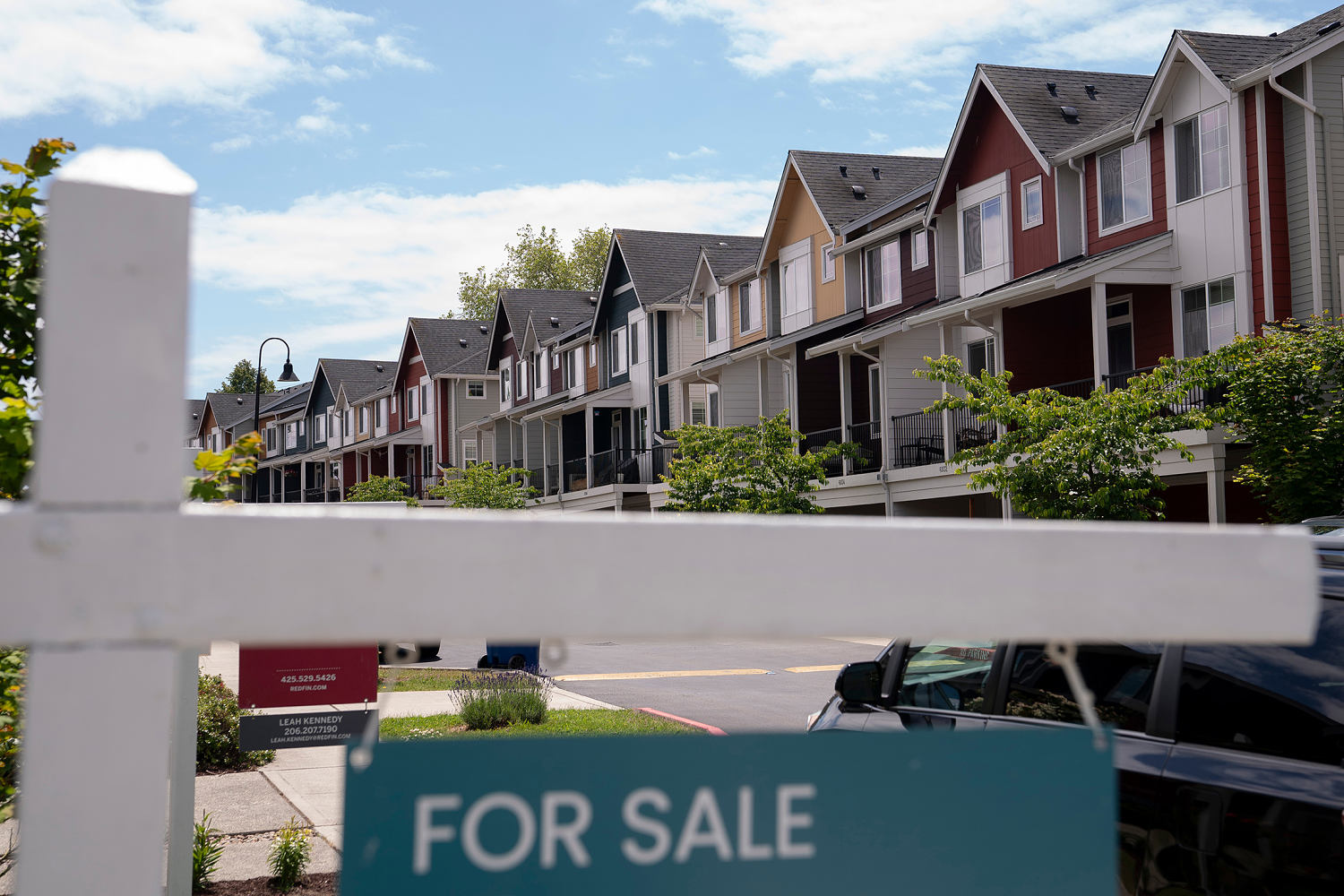
Since the election, several major builders have warned Trump’s proposals could crimp their business. The higher tariffs he’s already unveiled on steel and aluminum, set to take effect next month, and new ones on Chinese goods that are already in force could add thousands of dollars to home prices, industry executives say.
“Whether it’s steel or any of the other tariffs relative to our friends to the north or to the south, we do expect some cost pressure from some of that,” said Curt VanHyfte, CFO of the homebuilding firm Taylor Morrison, on a Feb. 12 earnings call. But he added that those wouldn’t affect the company until late 2025 if fully implemented.
Lennar, another major homebuilder, said it made a “major shift” eight years ago away from materials manufactured in Asia during Trump’s first-term trade war with China. Levies on Chinese electronics components used in residential construction could make the average property $5,000 to $7,000 more expensive, Lennar co-CEO Jon Jaffe told investors in December.
The potential impact of immigration policy changes would be “much more difficult to assess,” he said.
Some economists argue that tighter immigration enforcement slows construction, drives up home prices and even fuels job losses among the industry’s American-born workers. Home builders who spoke to NBC News in the final leg of the presidential race said that any dent to their heavily foreign-born workforce, which is already facing shortages, would be detrimental. But many weren’t sure at the time how far Trump might go. So far, his new administration has seen an early frenzy of arrests and deportations that are now running up against resource limits, much to the president’s frustration.
In a statement, White House spokeswoman Taylor Rogers said the president had “cut red tape” and taken executive action calling for lower housing costs and expanded supply.
“Americans trust President Trump to fix the housing crisis left behind by Joe Biden,” Rogers said.
Despite the unknowns weighing on the housing market, Redfin Chief Economist Daryl Fairweather advised buyers wary of high prices to consider new builds, adding that many developers are offering incentives.
While inventories are picking up, there’s still only about 3.5 months’ supply relative to current sales levels, far off the six-month level reflective of a balanced market. Nearly 73,000 homes were delisted in December, a 64% increase from the previous year, a recent Wall Street Journal analysis of CoreLogic data found.
Still, JPMorgan analysts said last week that new homes for sale hit 481,000 — the most since 2007 — and speculative properties built without buyers lined up reached 385,000, the most since 2008. There are about 20% more existing single-family homes for sale now than a year ago, the researchers said, “but the numbers remain near record lows, around 20-30% below prior troughs.”
You have more negotiating power now compared to last year, and there are more homes to choose from.
Daryl Fairweather, Chief economist, redfin
With supply at least trending in the right direction, Fairweather said buyers who stay flexible can put themselves in a good position to act this year. She advised monitoring mortgage rates, in order to move fast if they drop, and getting preapproved for a home loan.
“You have more negotiating power now compared to last year, and there are more homes to choose from,” she said, “so there is no need to accept the terms of a stubborn seller.”
Real estate agents in some high-demand areas are voicing measured optimism.
When NBC News spoke in October with Bob Clarkson, a Century 21 agent in Atlanta, he was seeing competition for homes plunge in much of the metro area. Now, he said, interest is rising again, but “buyers are just picky.”
“I have six to 10 buyers that have been looking, some of them even six months,” he said. “We’ve looked at 30 houses, and it just hasn’t been the right fit.”
He chalked that up to broad “uncertainty in the market” as well as the costs of fixes and renovations, which have many buyers balking even at properties they like.
“To move into an $800,000 house and still need to update the bathrooms, and still need to update the kitchen, that doesn’t even include stuff like windows or HVAC or roof,” Clarkson said. “The affordability factor is long gone.”
Even so, he expects the spring buying season to be “more productive, barring something dramatic happening in the White House.”
There’s frustration on the other side of the equation, too, said Makeba Evans, an Atlanta real estate agent who’s recently begun focusing on sellers: “The price that they want for their home is not rational, so it’s taking a lot longer.”
Chicky Johnson, a Re/max agent who’s served the Chicago suburbs for more than three decades, urged patience. “What I see is a shifting, but at the same time somewhat of a stabilization coming,” she said, adding tariffs remained a wild card in her ability to put clients in new homes this year.
Johnson said she saw a slight dip in sales late last year, partly due to a historic settlement that shook up commission rules and raised incentives for buyers to forgo brokers. More recently, though, she said buyers and sellers are both getting tired of waiting for mortgage rates to fall and are beginning to come out of their holding patterns.
“Instead of it being so lopsided and having not enough inventory and too many buyers, which was creating this multiple-offer overbidding,” she said, “I think we have kind of a coming-to-grips.”
